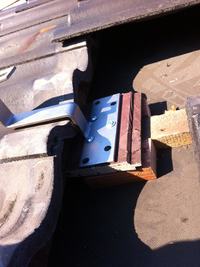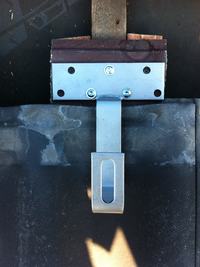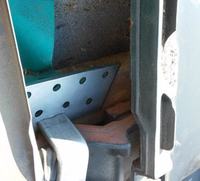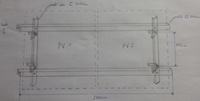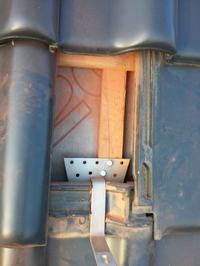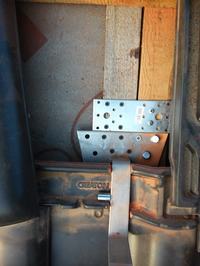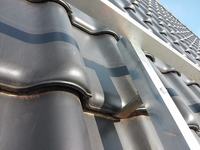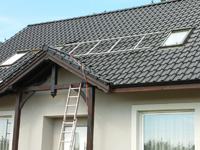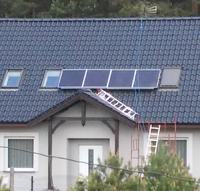Hello colleagues.
I am trying to install several photovoltaic panels on a pitched roof covered with ceramic tiles. I searched the internet for tips and training videos, and with this knowledge, I went to action. And here there was a brutal clash between theory and reality. It is about mounting hooks to the roof. I will try to present it as clearly as possible: most sellers offer the so-called rafter hooks (i.e. vertical beams supporting the roof) and present the following photos.
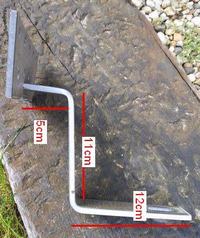

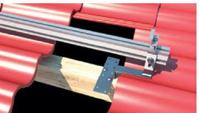
I do not know about others, but in my case the tiles are attached to the battens. The battens are fixed perpendicularly to the rafters, which raises the entire structure by 4 cm, so the hook "will not reach" the rafters. It is impossible to fit the batten and tile thickness in 5 cm!
I'm thinking: I got the wrong hooks. But adjustable hooks also do not offer enough space in my opinion:

So it remains to install the hooks to the battens. But here it is also not pink, because the patches are located a few cm below the top edge of the tile, so mounting the hook is not possible. You probably need to tap additional battens to the rafters.
I admit that I have never grown roofing. Maybe I'm thinking something wrong, maybe I got confused with it all, but I don't really see the solution. Could someone please enlighten me, throw me some photos from the installation, share my experience?
I am trying to install several photovoltaic panels on a pitched roof covered with ceramic tiles. I searched the internet for tips and training videos, and with this knowledge, I went to action. And here there was a brutal clash between theory and reality. It is about mounting hooks to the roof. I will try to present it as clearly as possible: most sellers offer the so-called rafter hooks (i.e. vertical beams supporting the roof) and present the following photos.



I do not know about others, but in my case the tiles are attached to the battens. The battens are fixed perpendicularly to the rafters, which raises the entire structure by 4 cm, so the hook "will not reach" the rafters. It is impossible to fit the batten and tile thickness in 5 cm!
I'm thinking: I got the wrong hooks. But adjustable hooks also do not offer enough space in my opinion:

So it remains to install the hooks to the battens. But here it is also not pink, because the patches are located a few cm below the top edge of the tile, so mounting the hook is not possible. You probably need to tap additional battens to the rafters.
I admit that I have never grown roofing. Maybe I'm thinking something wrong, maybe I got confused with it all, but I don't really see the solution. Could someone please enlighten me, throw me some photos from the installation, share my experience?



